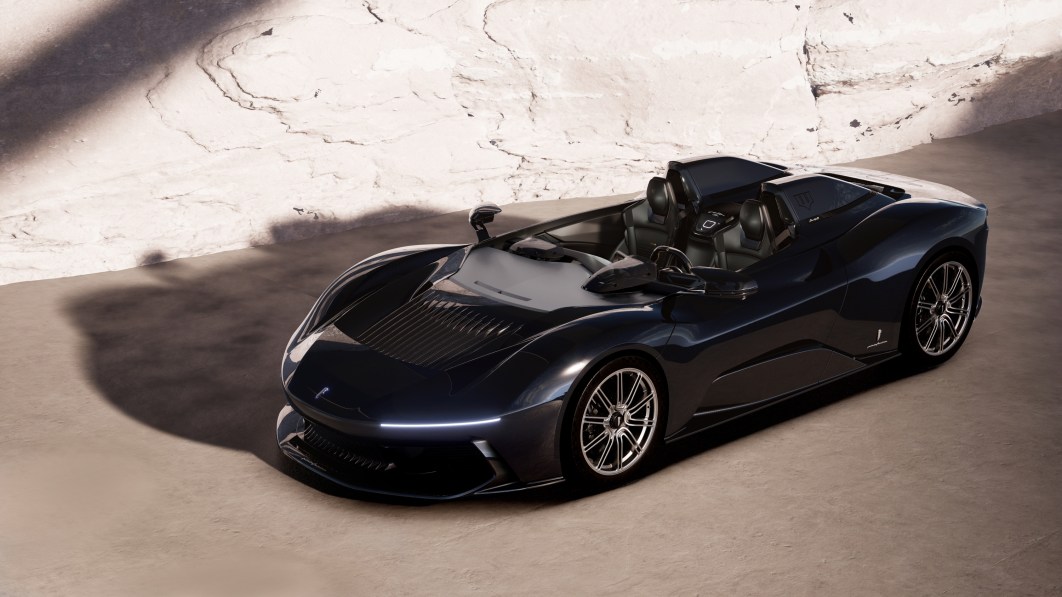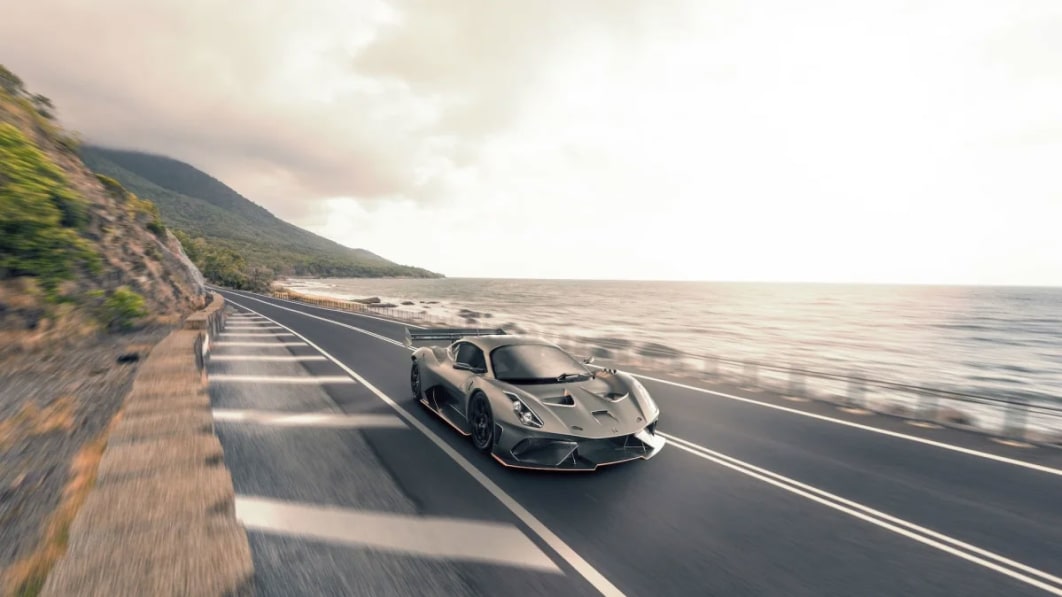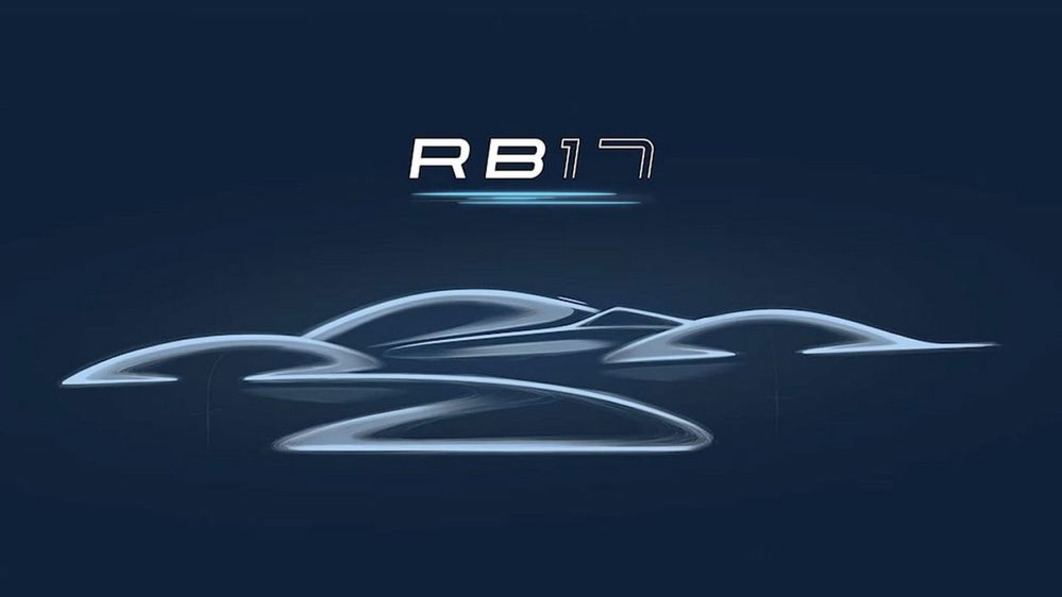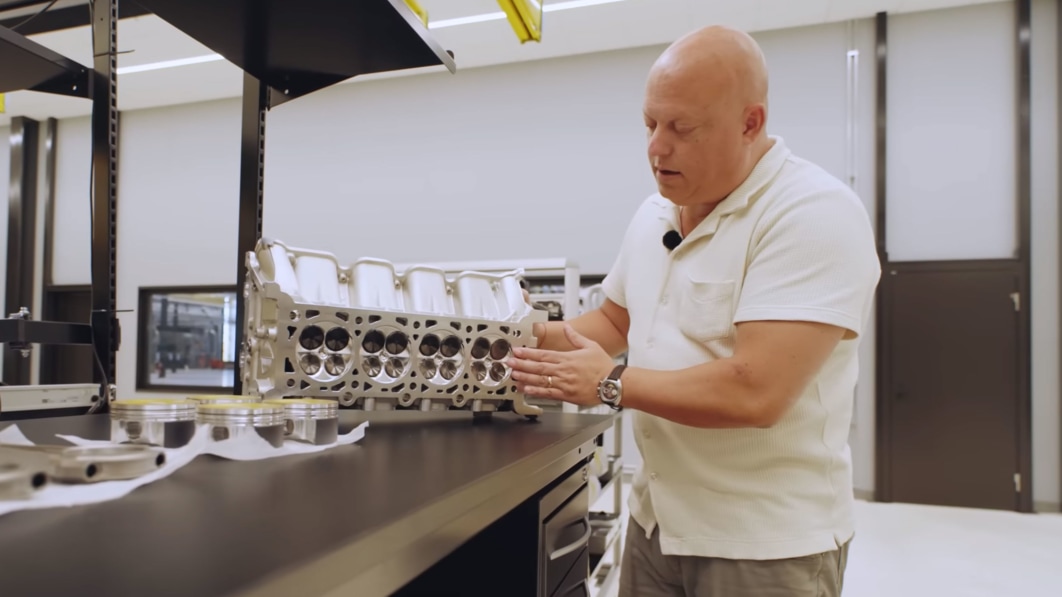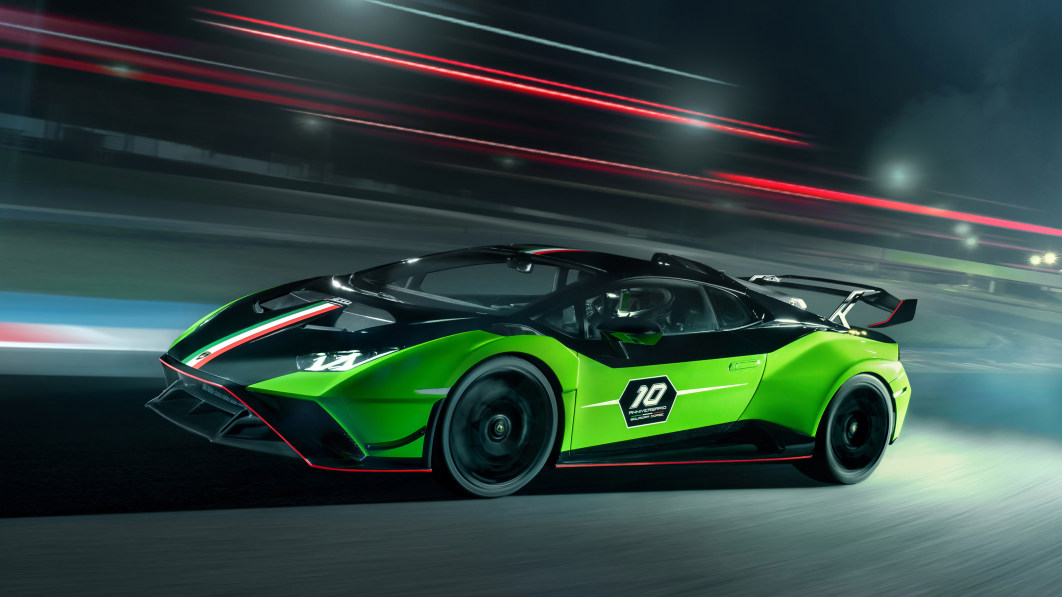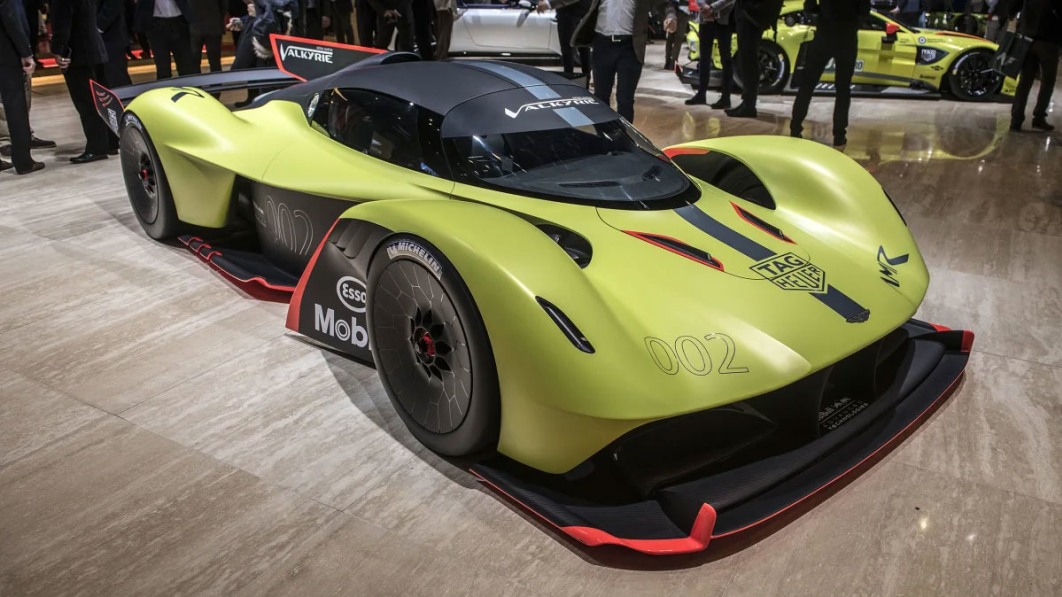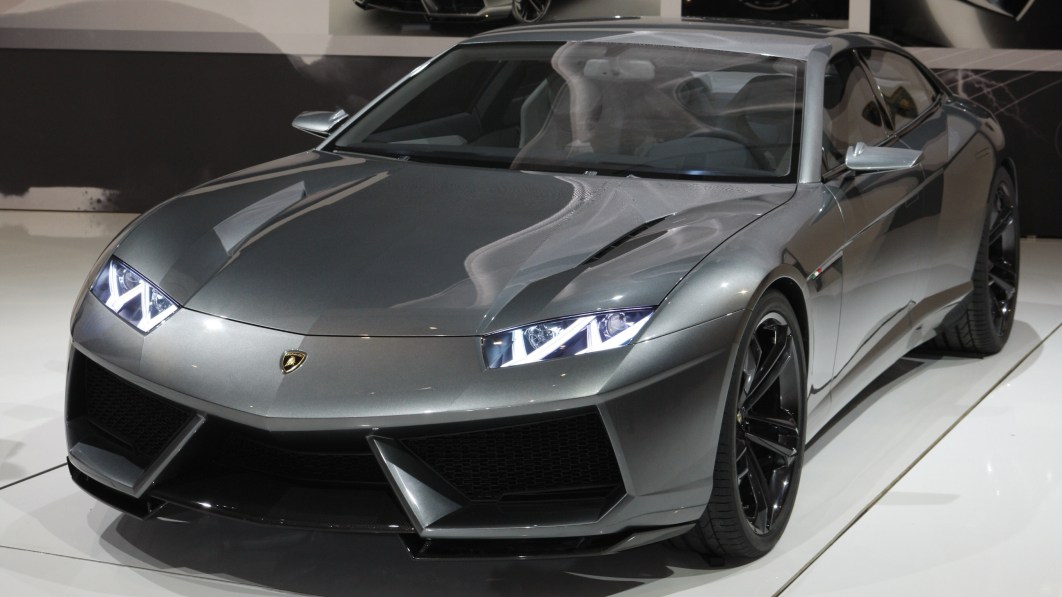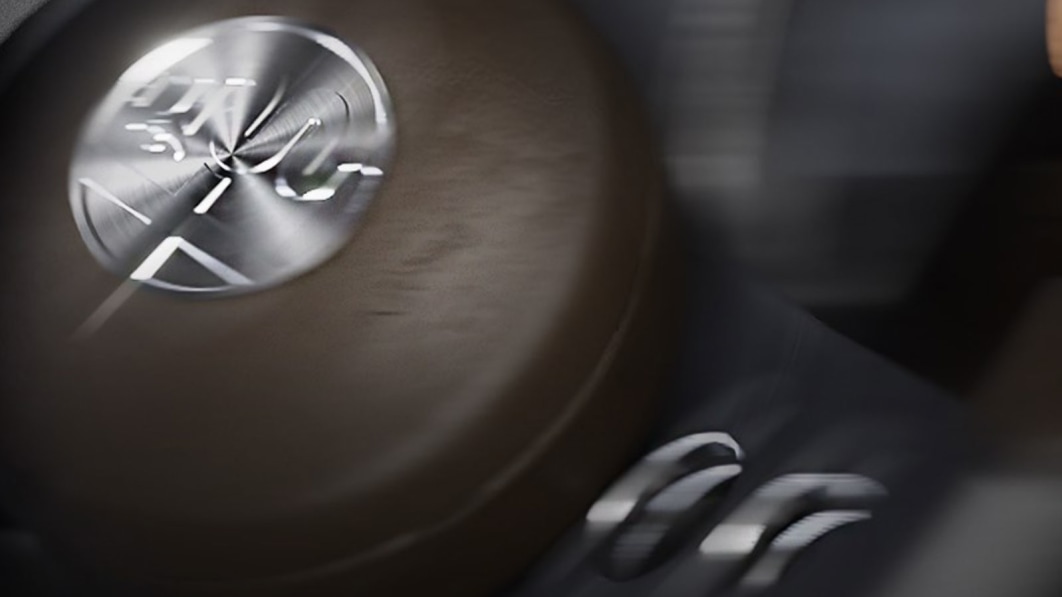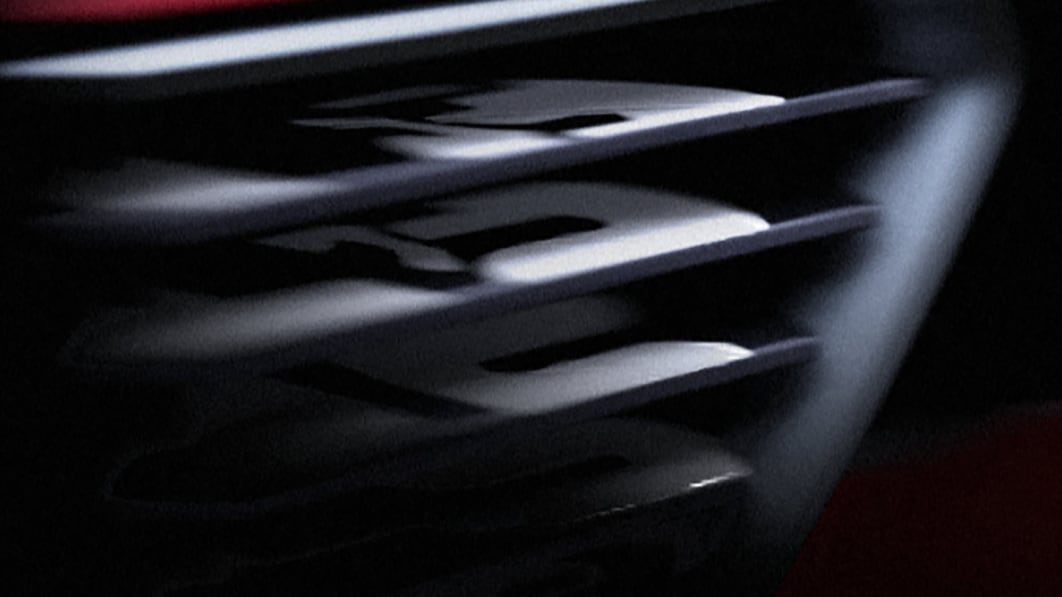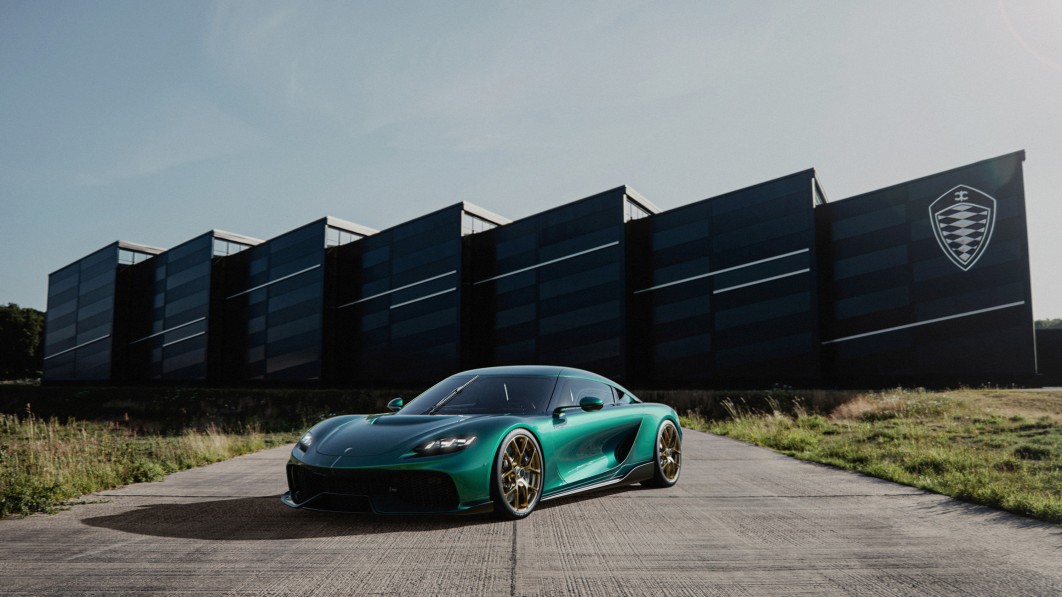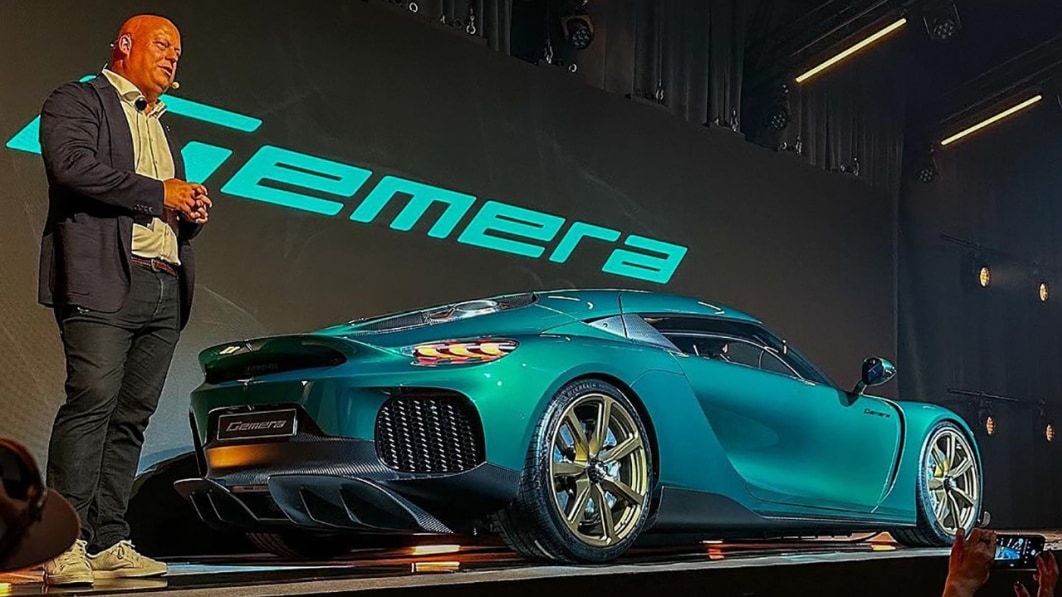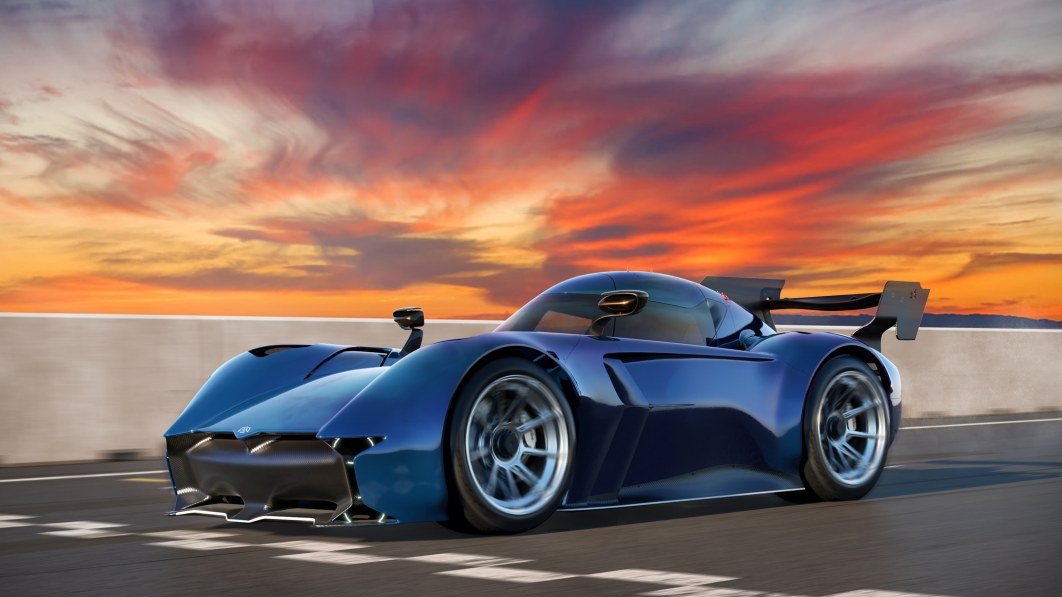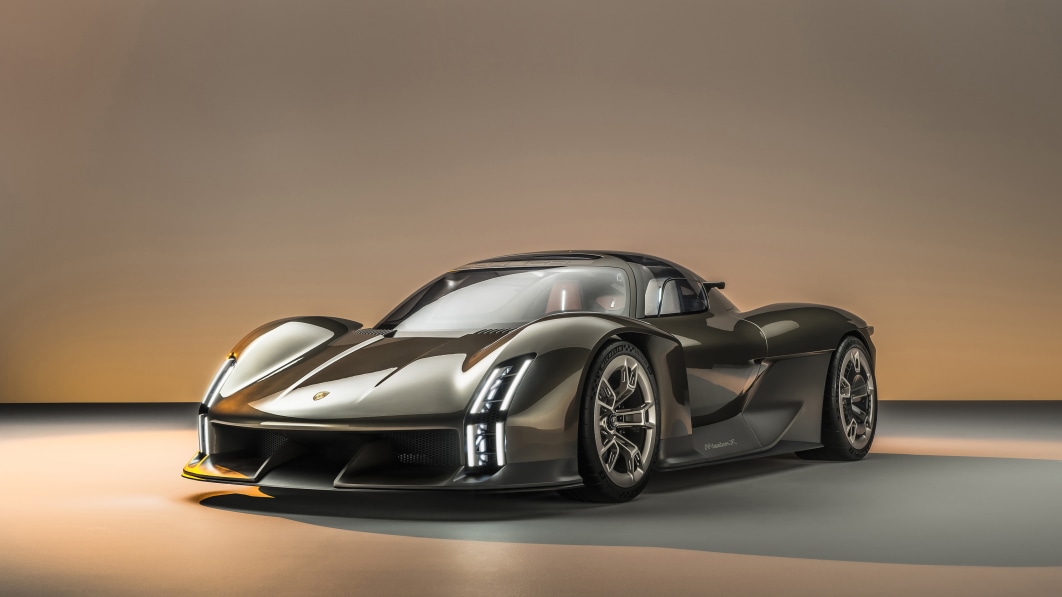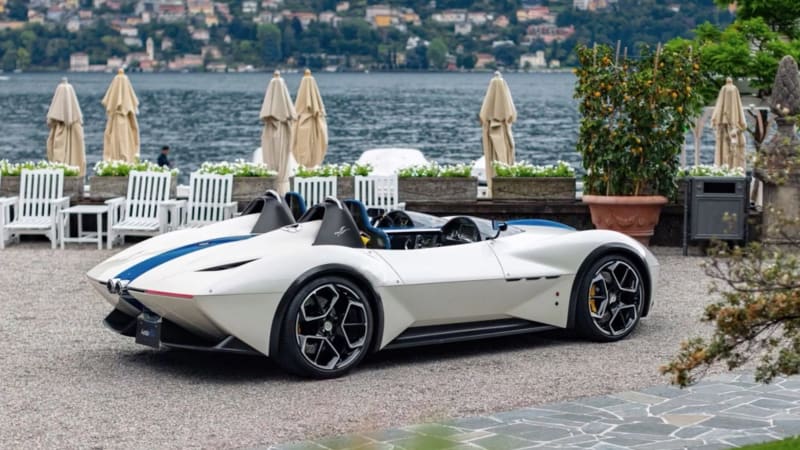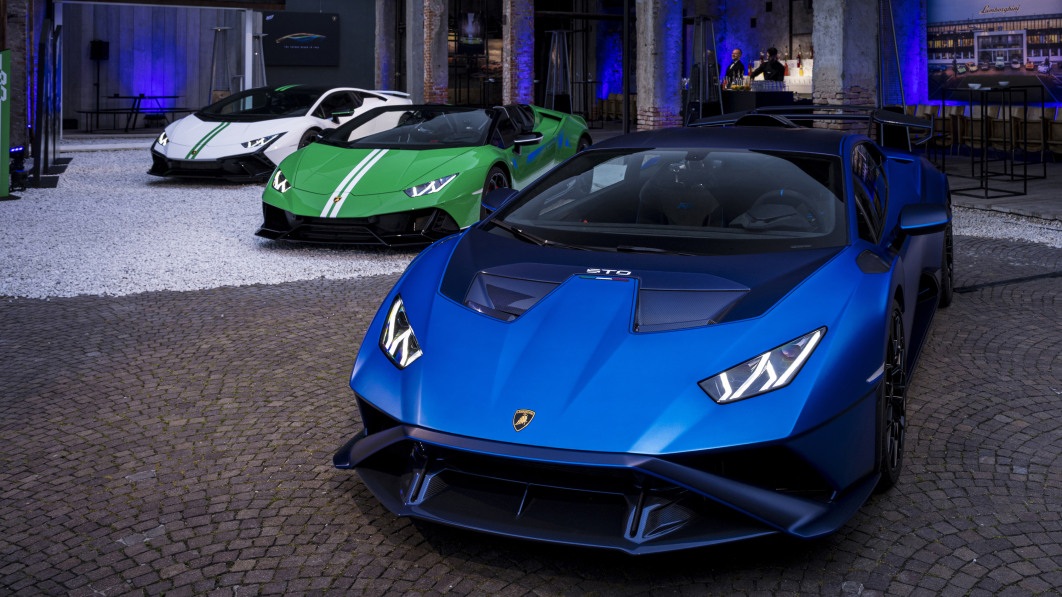Albert, Harry, Jack, and Sam Warner founded Warner Bros. Pictures Incorporated in April 1923, 101 years ago. Artist Bob Kane and writer Bill Finger first put Batman into Gotham in an issue of Detective Comics (DC) on March 30, 1939, 75 years ago. Warner Bros., which owns DC Comics (and Discovery owns Warner), has gifted the ageless Dark Knight a mighty present for his diamond jubilee year: special editions of the Pininfarina Battista coupe and Pininfarina B95 speedster. Two trims of each, in Gotham and Dark Knight trims, make four cars in total. Every one of them gets the Battista’s standard powertrain, a 120-kWh battery charging four motors that make a combined 1,877 horsepower and 1,696 pound-feet of torque good for getting to 60 miles per hour in under two seconds and rated at 300 miles on a charge in the U.S.
The Italian automaker debuted the B95 Barchetta last year, a speedster in the mold of the Aston Martin V12 Speedster and Ferrari Monza SP1. At the time, the company said deliveries would begin in 2025 for the ten units it planned to produce. We’re not sure if these Batman editions are part of the ten or added to the ten.
The Gotham variants reflect Bruce Wayne’s sophisticated side. Fronted by backlit Pininfarina badges, they’re painted Argento Vittorio Gloss paint with contrasts in Nero Torino Gloss and a Goccia roof. A redesigned roof and door junction on the coupe adds more curved glass, letting more light into the cabin, while new louvers in the wheel arches pass more air out of aerodynamically sensitive areas. The staggered wheels on the coupe get Prezioso Evoluzione Gloss Black faces with a matte black rim. The B95 Gotham is differentiated by having a matte black inner ring and and gloss black outer ring. Cabins in both cars are dressed in tan leather and tan stitching with quilted center panels in the seats.
The Dark Knight flavors express Bruce’s tech-intense side, enabled by the boffins at Wayne Enterprises. These come in Nero Profondo Black paint with a Nero Torino Goccia roof and rims in Glorioso, over a cockpit in black leather and Alcantara.
Special touches include a new skin for the infotainment system, voiced by Bruce Wayne’s butler, Alfred Pennyworth, as well as discreet Wayne Enterprises badging inside and out.
The cars are part of a real-life lifestyle division called Warner Bros. Discovery Global Consumer Products, which is rolling out a range of branded products for living the Bruce Wayne life, from these vehicles to luxury residences and “rarely seen, life-enhancing technologies and limited edition products.” You read that right. You can find out all about it at www.BruceWayneX.com, and apply for an allocation of any of these four cars right now. Pricing:

